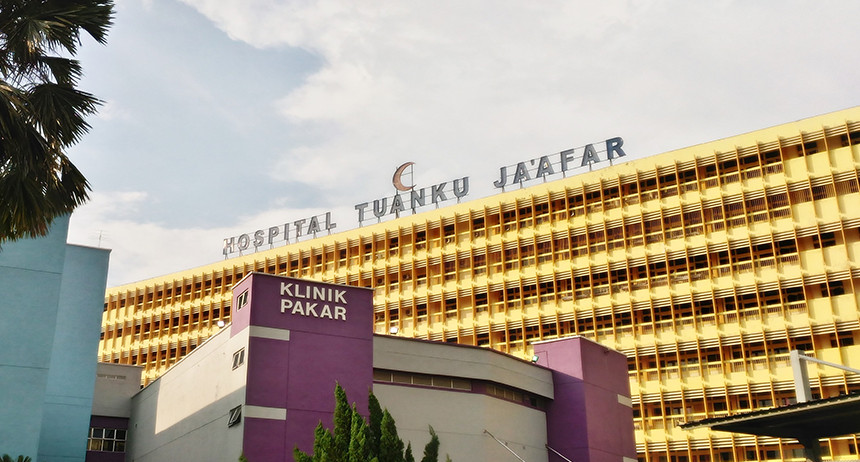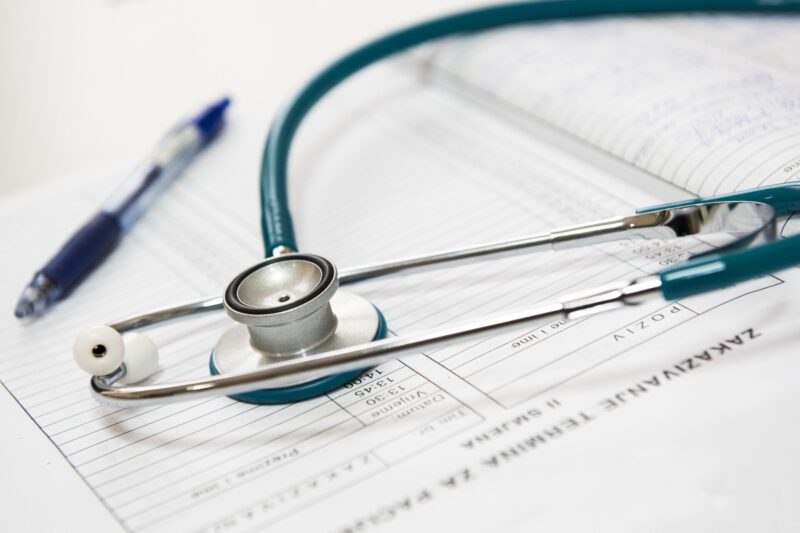The government will be implementing the Electronic Medical Record (EMR) initiative in phases as part of the 12th Malaysia Plan (RMK12) that was tabled in parliament earlier today. EMR aims to digitise the lifetime health records of individuals and make them accessible across different health facilities.
The initiative is part of RMK12’s focus to digitalise healthcare, which includes establishing a new research centre at the National Institute of Health to accelerate the development of innovative digital healthcare products and services.
Aside from EMR, a number of dedicated systems will be formed to gather information on environmental health, water, sanitation, hygiene, as well as an integrated food safety information system, which will all be utilised by big data analytics for better decision-making. Moreover, all these systems will be integrated with the Malaysian Health Data Warehouse (MyHDW) to allow data sharing across government agencies.
We will also finally be rolling out the Electronic Medical Record (EMR) initiative where your lifetime health records can be accessed securely but conveniently through an integrated digital platform.
— Khairy Jamaluddin 🇲🇾🌺 (@Khairykj) September 27, 2021
As the story goes though, this is not the first time that the government tried to implement a nationwide EMR system though. In fact, the previous administration has said in 2018 that it plans to rollout EMR at all hospitals and clinics throughout the country within three years.
In July 2020, then-Health Minister Dr Adham Baba had disclosed in parliament [pdf] that 37 of 146 government hospitals (25%), as well as 97 of 1090 public health clinics (9%) were already using an EMR system. He added that 10 hospitals and a public health clinic were also sharing digital records with each other through a health information exchange platform called MyHix.

In the same written reply, Dr Adham has also noted a pilot implementation in Negeri Sembilan which was designated as Phase One of the National EMR Project. This particular implementation which also covered online patient registration & appointment, electronic payments and virtual consultation involved seven hospitals, 44 public health clinics, and 12 dental clinics in the state.
All in all, it is quite clear that this is not exactly a new project and progress have been rather slow. So, let’s hope that the Malaysian healthcare system will finally receive proper, fully connected end-to-end EMR system that it deserves this time around.
(Sources: RMK12 [pdf]. // Image: DarkoStojanovic/Pixabay, Hospital Tuanku Ja’afar Seremban/Facebook.)
Follow us on Instagram, Facebook, Twitter or Telegram for more updates and breaking news.



